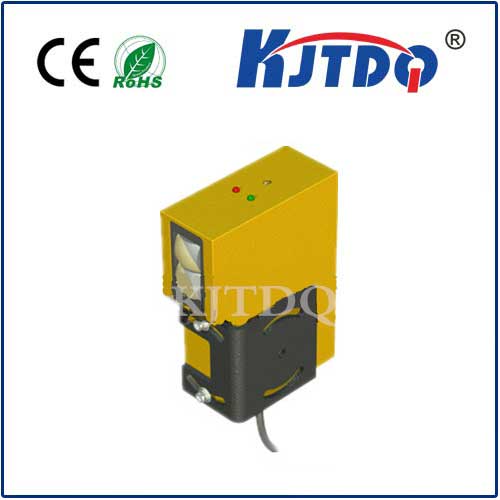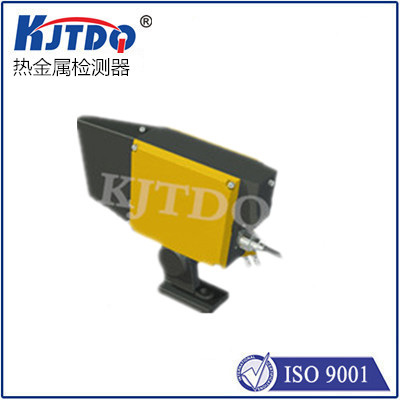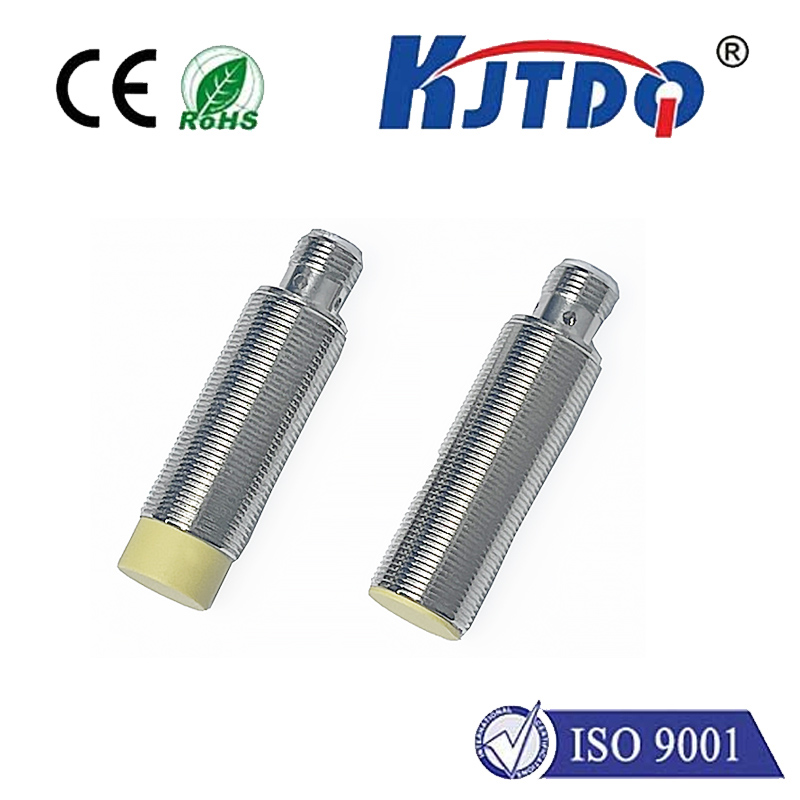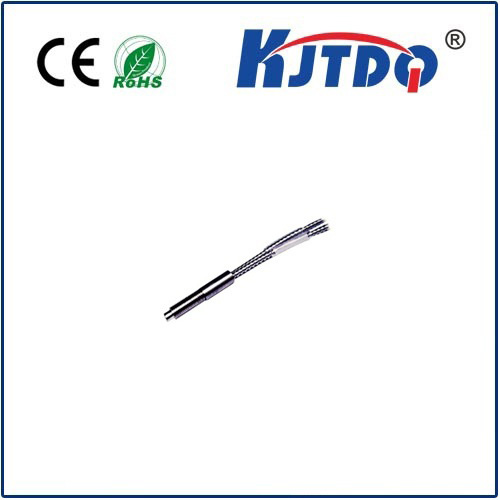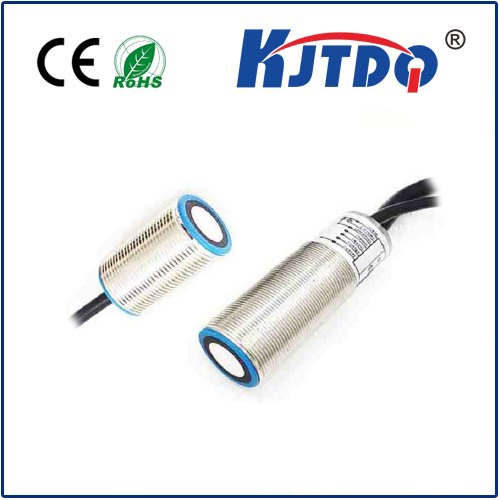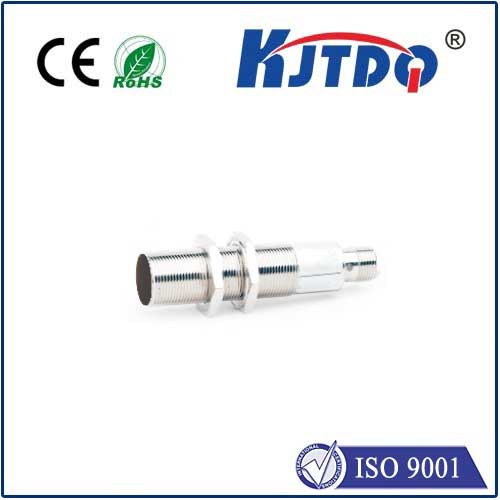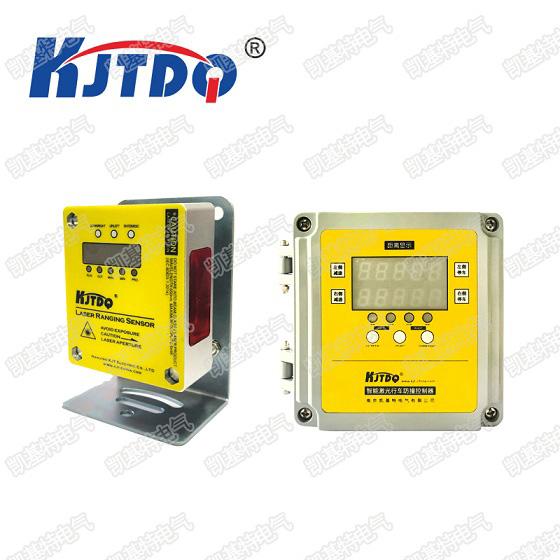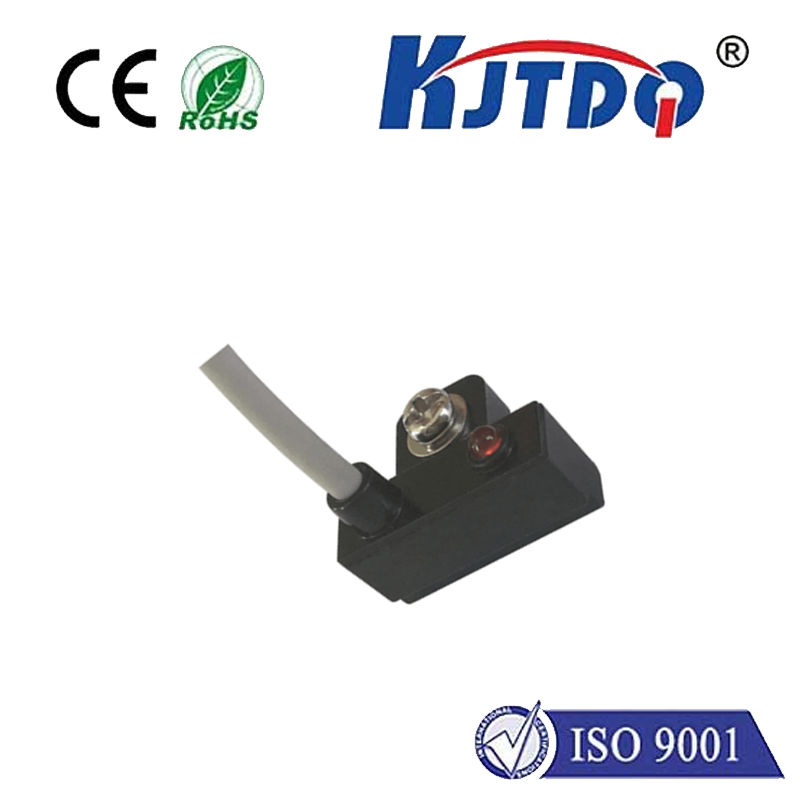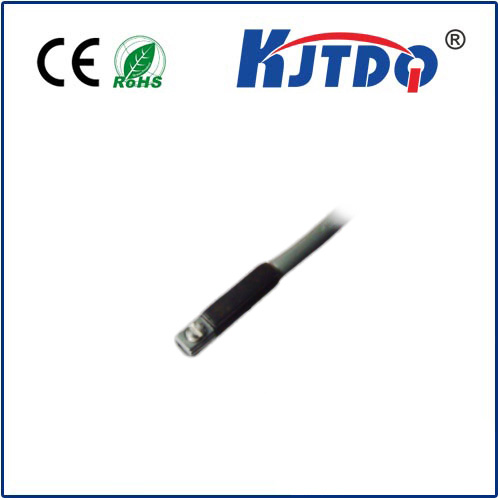
check

check

check

check
The Innovative World of Fiber Optic Sensors: A Deep Dive In the realm of advanced technology, fiber optic sensors stand out as a beacon of innovation and precision. These devices are not just another addition to the tech world; they are a revolutionary breakthrough that is reshaping numerous industries. This article delves into the intricate workings of fiber optic sensors, their applications, advantages, and the future prospects they hold.
At their core, fiber optic sensors utilize light transmitting along thin strands of glass or plastic fibers to measure a variety of physical parameters such as temperature, pressure, strain, and refractive index changes. They operate based on the principle of total internal reflection, where light bounces off the inside walls of the fiber as it travels. Any alteration in the external environment affects this journey of light, thus providing critical data about the surrounding conditions.

The adaptability of fiber optic sensors makes them highly valued in multiple sectors. In the medical field, they are instrumental in minimally invasive surgical procedures, allowing for more precise operations with quicker recovery times. The aerospace industry employs these sensors for critical engine monitoring, ensuring safety and efficiency during flights. Moreover, in civil engineering, they are used to detect structural health in bridges and buildings, providing real-time data on wear and stress factors.
Compared to conventional electrical sensors, fiber optic sensors present several advantages. Their immunity to electromagnetic interference means they can function flawlessly in environments where electronic signals might falter. Additionally, they offer higher sensitivity and accuracy, which is paramount in delicate measurements. Furthermore, their lightweight and flexible nature allows for easy installation in hard-to-reach areas, broadening their scope of application.
Looking ahead, the future of fiber optic sensors is brimming with possibilities. Researchers are exploring their potential in even more sophisticated applications, such as environmental monitoring on a global scale. With advancements in material science, these sensors are set to become even more durable and efficient. As technology continues to evolve, so too will the capabilities of fiber optic sensors, pushing the boundaries of what is possible in sensing technology. In conclusion, fiber optic sensors represent a fusion of art and science, weaving together strands of glass or plastic into a powerful tool that is transforming how we interact with and understand our environment. As their technology matures, their impact across various sectors will only magnify, heralding a new era of innovation and precision.
